Few things are as frustrating for bird enthusiasts as watching squirrels raid carefully stocked bird feeders. These agile, persistent creatures can empty a feeder in hours, leaving nothing for the birds you’re trying to attract. The battle between bird lovers and squirrels has raged for decades, spawning countless solutions—some effective, others less so. While squirrels are intelligent and adaptable animals deserving of respect in their natural habitat, it’s reasonable to want to preserve your bird feeding stations for their intended recipients. This comprehensive guide explores practical, humane methods to keep squirrels from dominating your bird feeders, allowing you to enjoy backyard birdwatching without constant frustration.
Understanding Squirrel Behavior
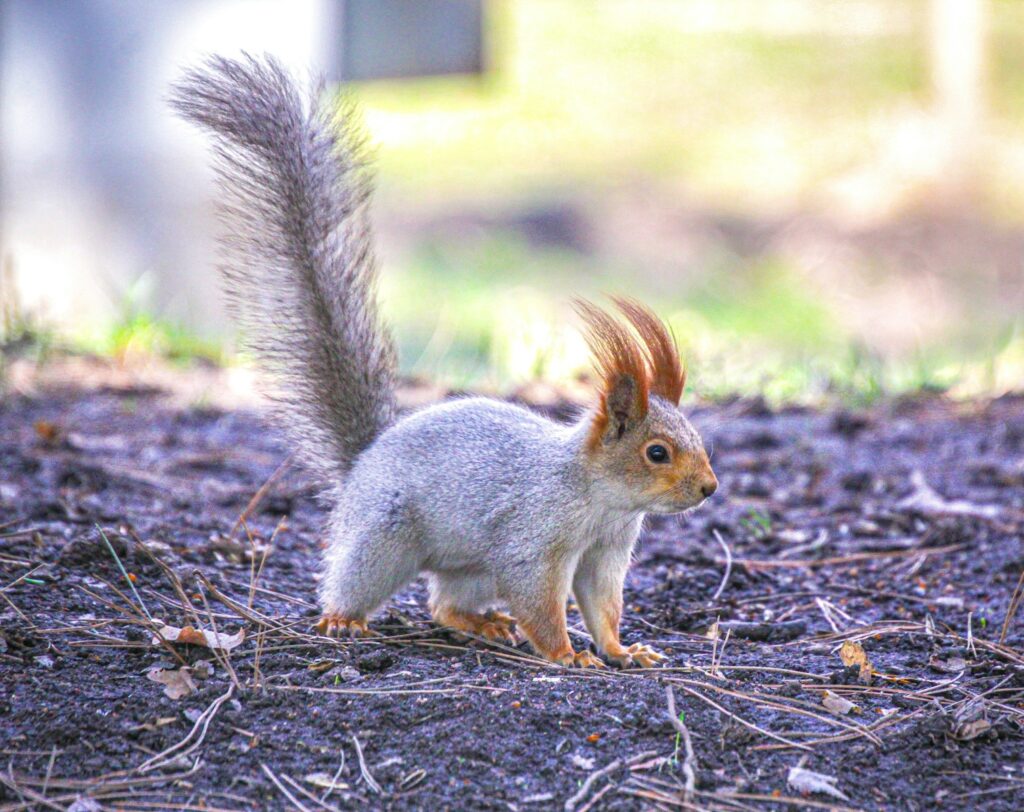
Before implementing solutions, it’s important to understand what you’re up against. Squirrels are remarkably intelligent rodents with problem-solving abilities that have frustrated even the most determined bird enthusiasts. They can jump horizontally up to 10 feet and drop from heights of 20 feet or more without injury. Their strong teeth can chew through plastic, thin metal, and wood with surprising efficiency. Additionally, squirrels are persistent creatures with excellent memories—once they discover a food source, they’ll return repeatedly and attempt various approaches to access it. This combination of intelligence, physical capability, and determination makes them formidable adversaries in the battle for bird seed.
Choosing Squirrel-Resistant Feeders
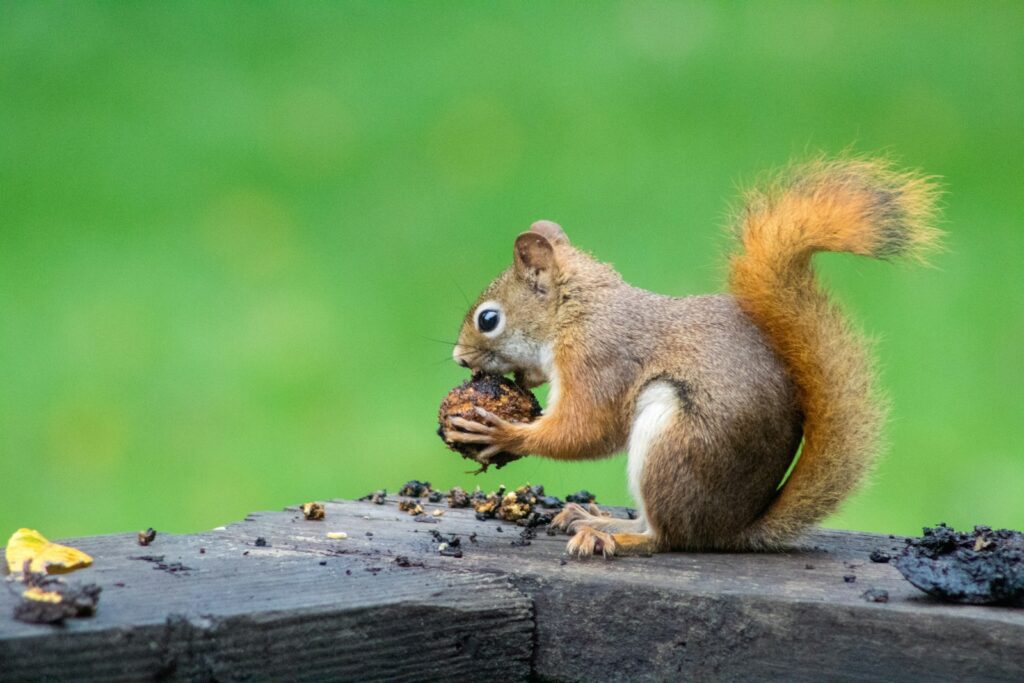
The market offers numerous feeder designs specifically engineered to thwart squirrels. Weight-activated feeders feature mechanisms that close access to seed ports when anything heavier than a bird lands on them. Caged feeders surround the seed reservoir with wire spacing that allows smaller birds to enter while excluding larger animals. Some models incorporate baffles directly into their design, creating an integrated defense system. When shopping for squirrel-resistant feeders, look for metal components at potential chewing points and avoid models made entirely of plastic or wood. While these specialized feeders often cost more initially, they typically save money long-term by reducing seed loss and preventing damage from determined squirrels.
Strategic Feeder Placement

Location plays a crucial role in squirrel-proofing your bird feeding station. Install feeders at least 10 feet away from structures like trees, fences, rooflines, or anything squirrels might use as a launching pad. Position feeders at least 5-6 feet above ground, making it difficult for squirrels to jump directly from below. Consider placing feeders in open areas where squirrels feel more vulnerable to predators, as they prefer routes with protective cover. If using pole-mounted feeders, ensure the pole is tall enough and placed away from jumping points according to squirrels’ impressive leaping capabilities. Remember that squirrels will attempt multiple approaches, so evaluate your placement from various angles to identify potential access routes.
Effective Baffle Systems
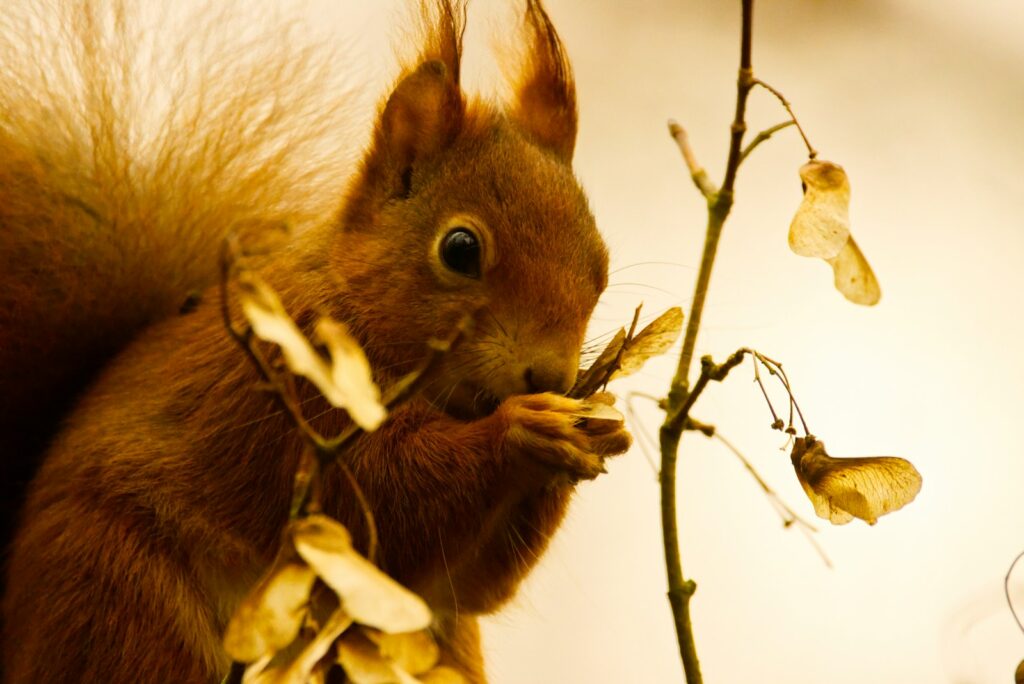
Baffles are physical barriers designed to prevent climbing animals from reaching feeders. When properly installed, they’re among the most effective squirrel deterrents available. Dome baffles for hanging feeders should be at least 15-18 inches in diameter and positioned above the feeder. For pole-mounted systems, cylindrical baffles should be at least 6 inches in diameter and 18 inches long, installed at least 4 feet from the ground. Materials matter significantly—metal baffles resist chewing better than plastic ones, though quality plastic models can work effectively if squirrels can’t get a grip on their smooth surface. For maximum effectiveness, combine baffles with proper placement strategy, creating a comprehensive defense system that addresses both climbing and jumping approaches.
Offering Alternative Food Sources
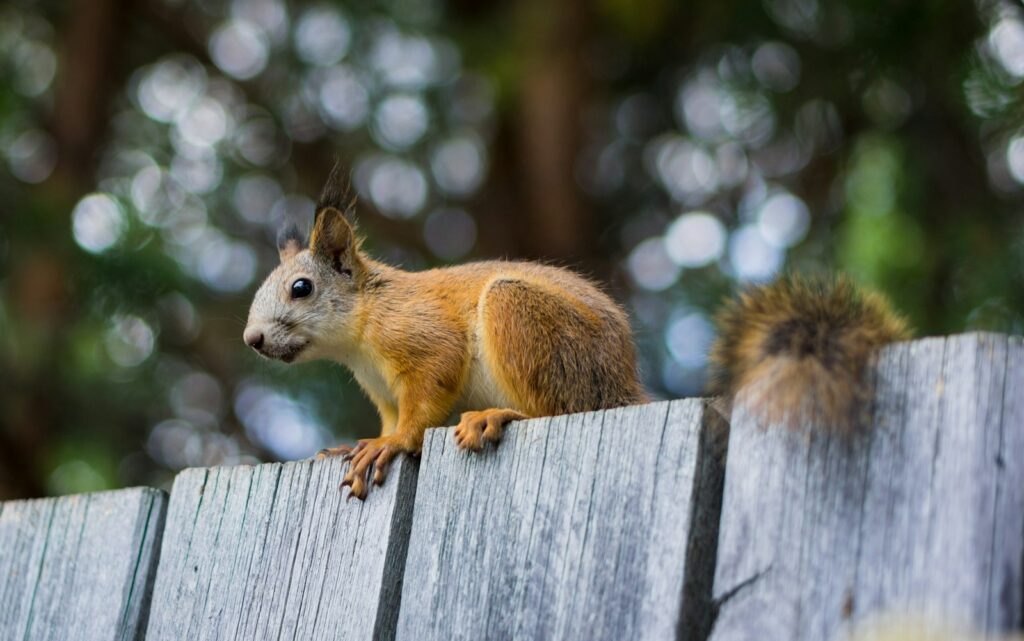
Sometimes the best strategy involves compromise rather than complete exclusion. Setting up a dedicated squirrel feeding station away from your bird feeders can significantly reduce competition. Stock this station with foods squirrels find irresistible—corn cobs, peanuts in shells, or specialized squirrel food blends. Position this feeding area at a distance from bird feeders, preferably near trees or structures where squirrels naturally feel comfortable. Some backyard wildlife enthusiasts report success with this diversion tactic, noting that well-fed squirrels become less determined to raid bird feeders. Additionally, this approach allows you to enjoy watching squirrels’ antics in a controlled setting where they’re not causing frustration.
Using Seed Selection Strategically

Not all bird seeds appeal equally to squirrels, creating an opportunity to reduce conflicts through thoughtful selection. Safflower seed attracts many desirable songbirds while being relatively unpalatable to squirrels due to its slightly bitter taste. Nyjer (thistle) seed primarily attracts finches and other small birds while holding little interest for squirrels. Consider switching from mixed seed blends (which often contain squirrel favorites like sunflower seeds) to more targeted offerings that attract specific bird species. If you do use mixed seed or sunflower seed, reserve those for your most squirrel-resistant feeders. Creating a feeding strategy based on seed preferences can dramatically reduce squirrel pressure while still attracting diverse bird species.
Adding Spicy Deterrents
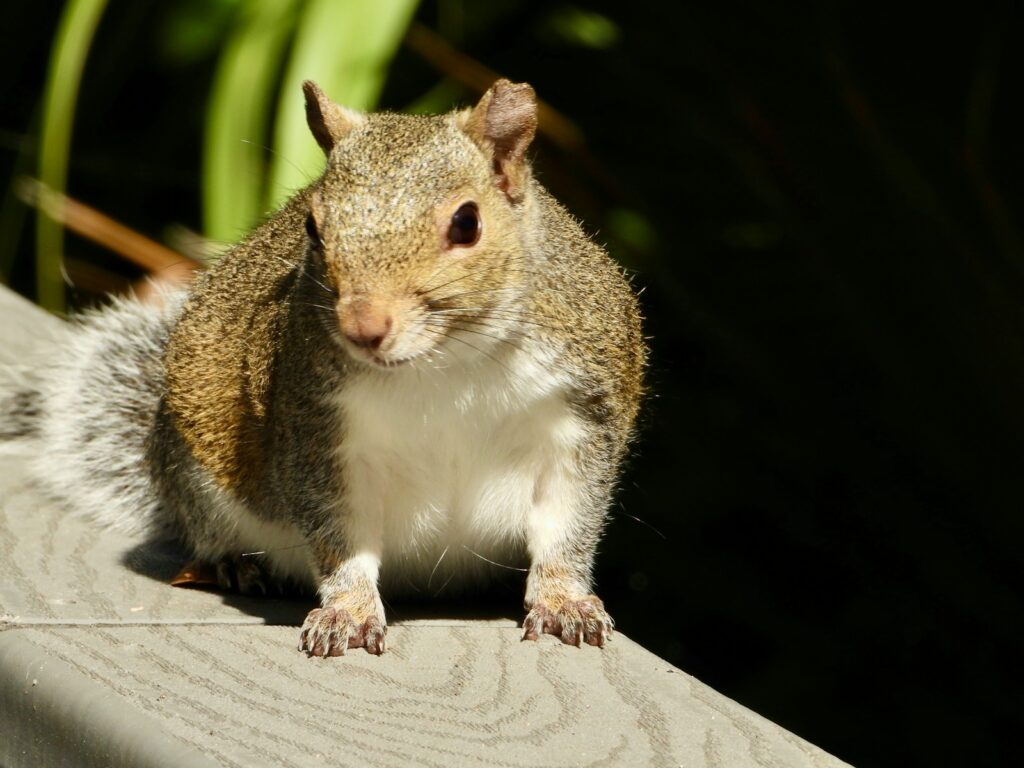
Birds lack receptors for capsaicin, the compound that gives hot peppers their spicy heat, while mammals like squirrels experience the full burning sensation. This biological difference creates an opportunity for a humane deterrent that affects squirrels but not birds. Commercial hot pepper suet cakes, capsaicin-treated seeds, and liquid hot pepper additives are widely available at bird supply stores. Alternatively, you can create homemade versions by mixing cayenne pepper with bird seed (approximately 1 tablespoon per 5 pounds of seed). When squirrels encounter this spicy food, they typically retreat after one taste without suffering lasting harm. This approach works especially well when combined with physical barriers, creating multiple lines of defense.
Employing Squirrel-Deterring Technology
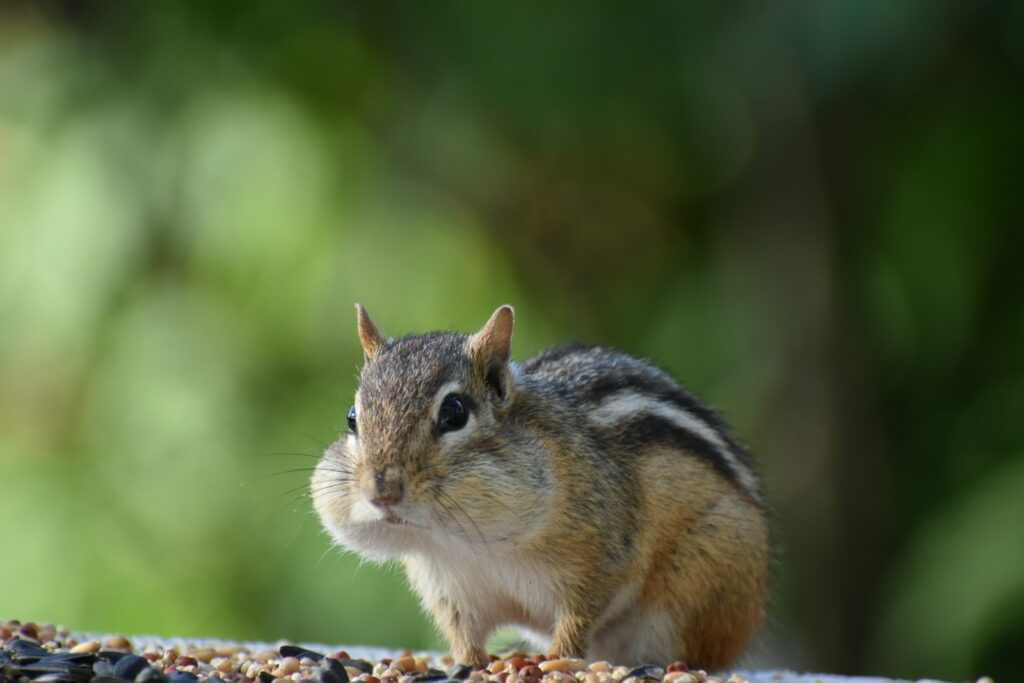
Modern technology offers additional options for persistent squirrel problems. Motion-activated sprinklers deliver a surprising but harmless spray of water when triggered by a squirrel’s movement near feeders. Battery-operated spinning perches detect weight differences, gently spinning when anything heavier than a bird attempts to land. Some enthusiasts report success with ultrasonic repellers that emit high-frequency sounds uncomfortable to squirrels but inaudible to humans and most birds. While these technological solutions often require batteries or power sources and may be more expensive than passive barriers, they can provide effective reinforcement for particularly persistent squirrel populations or in situations where traditional barriers prove insufficient.
Maintaining Clean Feeding Areas
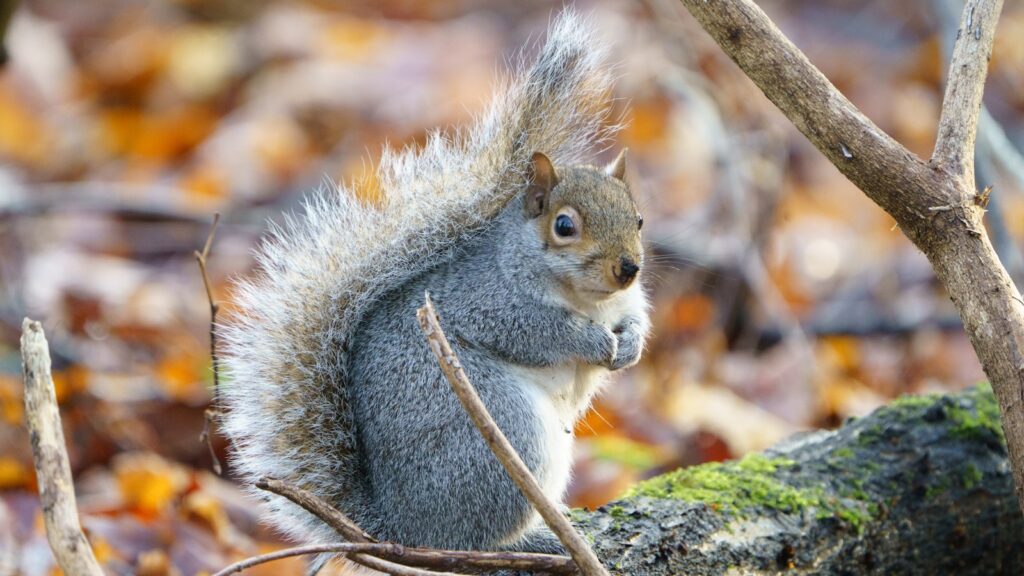
Regular cleanup beneath feeders removes the ground feeding opportunity that often initially attracts squirrels to your bird feeding station. Seed debris accumulating below feeders creates an easy meal for ground-foraging animals and can serve as the gateway that leads squirrels to investigate the main feeder. Install seed catchers beneath feeders to minimize waste, and establish a routine for sweeping or raking the area. Consider using feeders designed to reduce spillage, such as models with trays or those requiring birds to extract seeds individually rather than allowing them to scatter seeds indiscriminately. This maintenance practice benefits overall backyard ecology while reducing the attractiveness of your feeding station to unwanted visitors.
Understanding Slinky Barriers
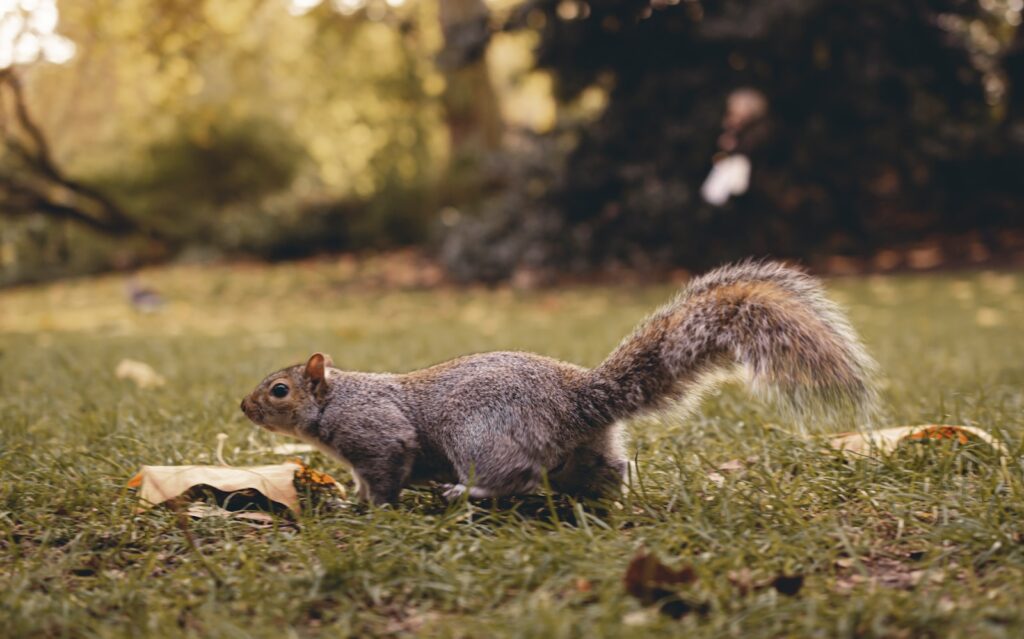
One creative and surprisingly effective pole barrier involves attaching a metal Slinky toy to your feeder pole. Stretch the Slinky and attach one end near the top of the pole, allowing it to hang down toward the ground. When squirrels attempt to climb, the Slinky stretches under their weight and eventually deposits them back on the ground. For this system to work properly, ensure the bottom of the Slinky hangs freely and doesn’t touch the ground, which would allow squirrels to bypass the barrier entirely. The Slinky method works on the same principle as cylindrical baffles but with the added advantage of movement that further confounds climbing attempts. This inexpensive solution often utilizes materials many households already have or can acquire easily.
Seasonal Adjustments and Monitoring
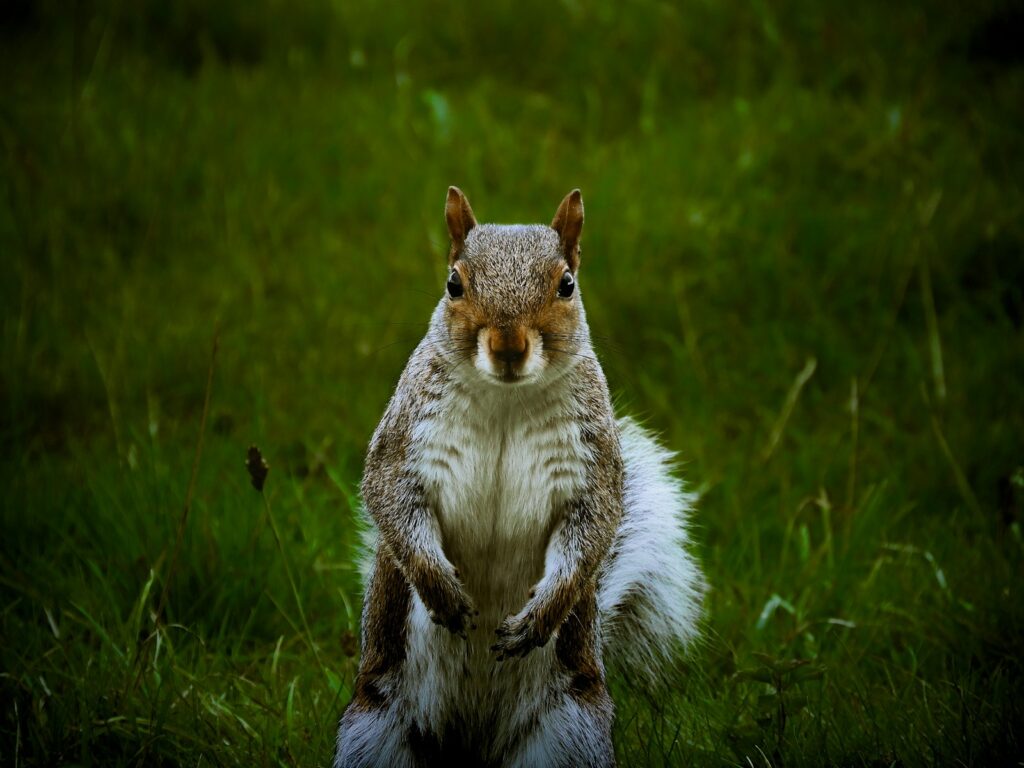
Squirrel pressure on bird feeders often intensifies during specific seasons, particularly fall (when they’re caching food for winter) and late winter (when natural food sources are depleted). During these high-pressure periods, consider enhancing your defensive strategies with additional deterrents or more frequent refilling of squirrel diversion feeders. Regularly inspect your system for signs of compromise—chew marks, damaged components, or new access routes squirrels may have discovered. Be prepared to modify your approach based on observed squirrel behavior, as these adaptable creatures will test different approaches to overcome obstacles. This ongoing monitoring and adjustment process is crucial for long-term success in maintaining squirrel-free bird feeders.
Combining Multiple Methods
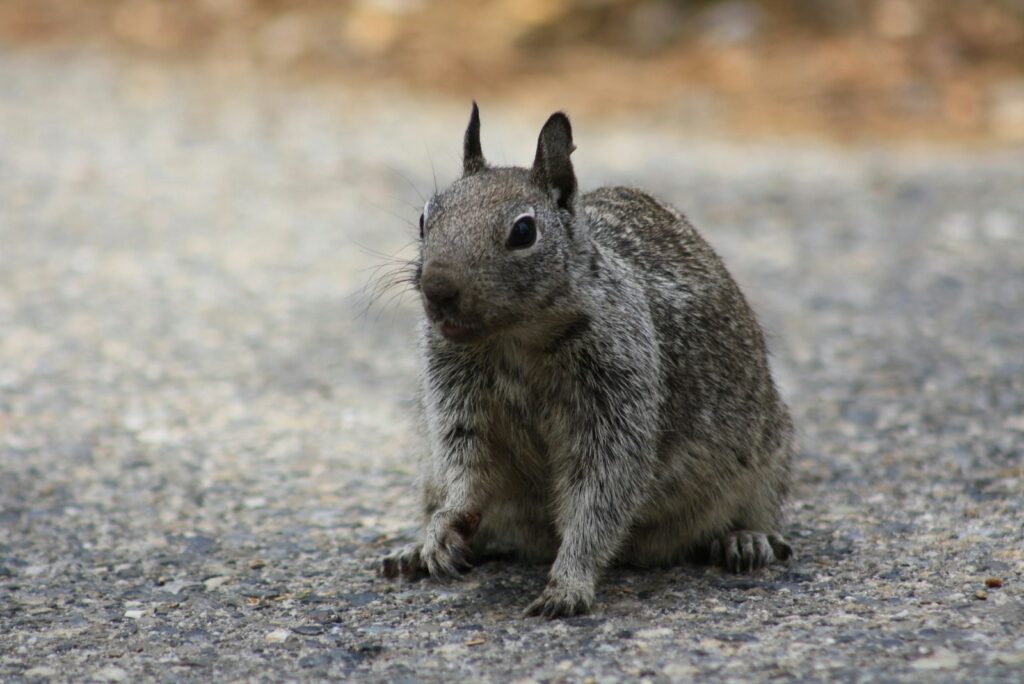
The most successful squirrel-proofing systems typically employ multiple strategies simultaneously rather than relying on a single solution. For example, combine a squirrel-resistant feeder with proper placement, baffles, and seed selection for a comprehensive defense. This layered approach addresses different aspects of squirrel behavior—their climbing abilities, jumping capabilities, food preferences, and problem-solving skills. When one method fails or is compromised, secondary systems continue providing protection. Additionally, using various deterrents makes the challenge more complex for squirrels, potentially discouraging persistent attempts. Remember that determined squirrels will invest significant time trying to overcome a single barrier, but facing multiple obstacles often leads them to seek easier opportunities elsewhere.
Ethical Considerations and Coexistence
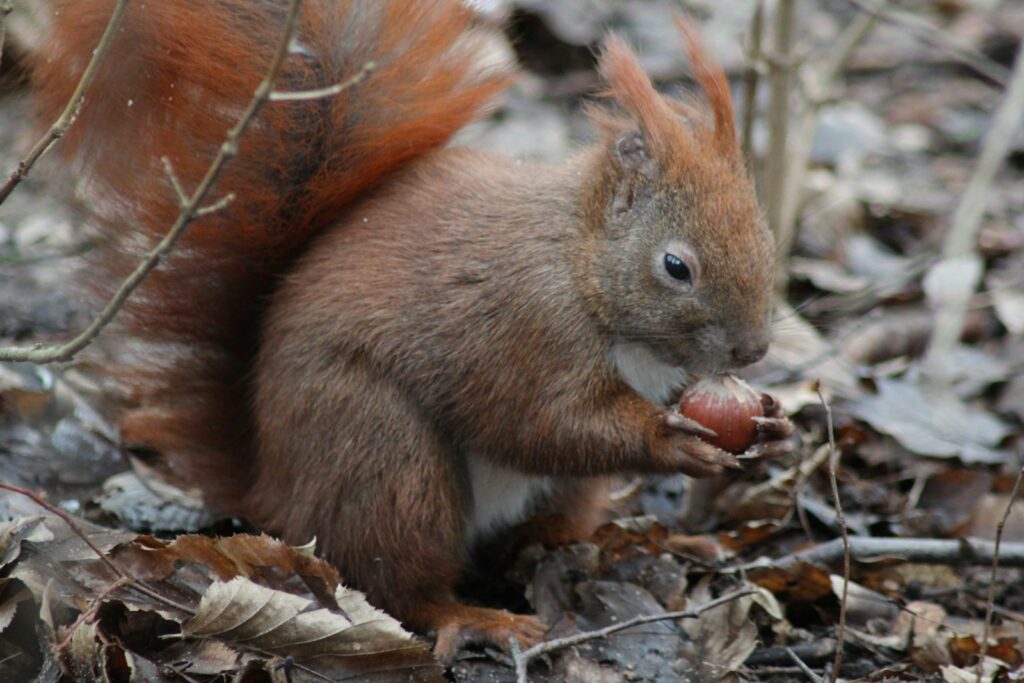
While protecting bird feeders, it’s important to maintain ethical treatment of wildlife. Avoid harmful deterrents like sticky substances that can damage squirrels’ fur or methods that cause injury. Remember that squirrels play important ecological roles in seed dispersal and forest regeneration. The goal should be managing conflicts rather than eliminating squirrels from your environment entirely. Many bird enthusiasts eventually develop a balanced approach that allows both birds and squirrels to utilize different resources in their yards. This perspective shift—from viewing squirrels as enemies to seeing them as another interesting element of backyard wildlife—can transform frustration into appreciation for these remarkable animals, even while taking steps to protect specific feeding stations.
Conclusion
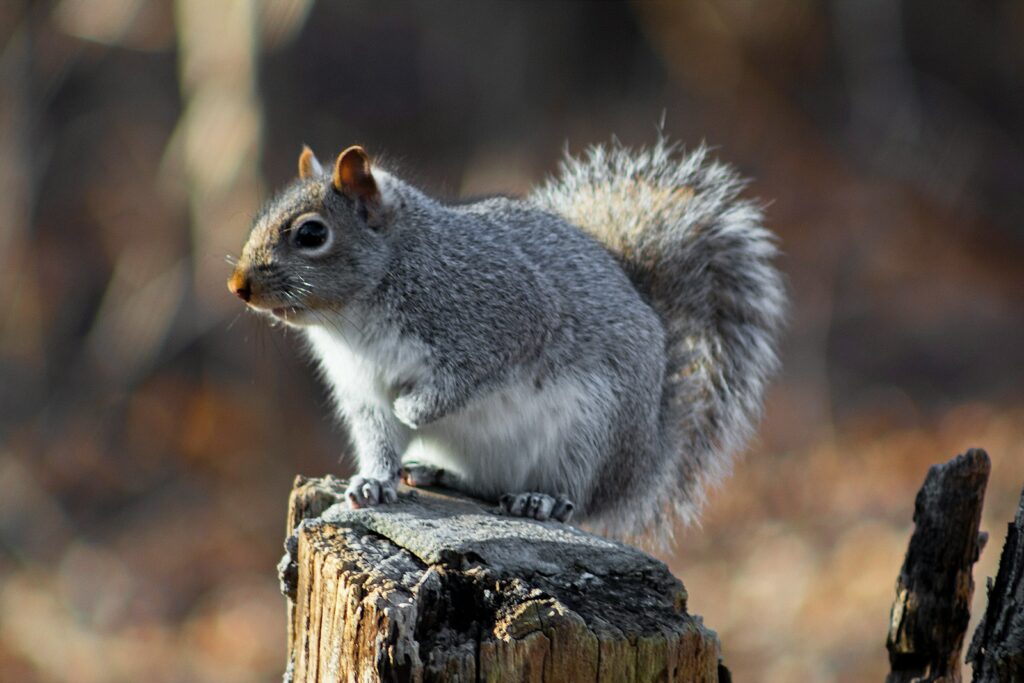
The challenge of keeping squirrels away from bird feeders exemplifies the broader balancing act of wildlife management in our backyards. With persistence, observation, and a combination of the methods outlined above, you can significantly reduce squirrel interference while maintaining an ethical approach to wildlife. Success often comes gradually through adjustments and refinements to your strategy rather than through a single perfect solution. By understanding squirrel behavior, implementing physical barriers, making thoughtful choices about feeder placement and seed selection, and perhaps reaching compromise through dedicated squirrel feeding areas, you can create a backyard environment where birds receive the nutrition you intend for them while squirrels find appropriate alternative resources. The result is a more harmonious outdoor space where diverse wildlife can thrive, and you can enjoy the bird-watching experience you desire.
